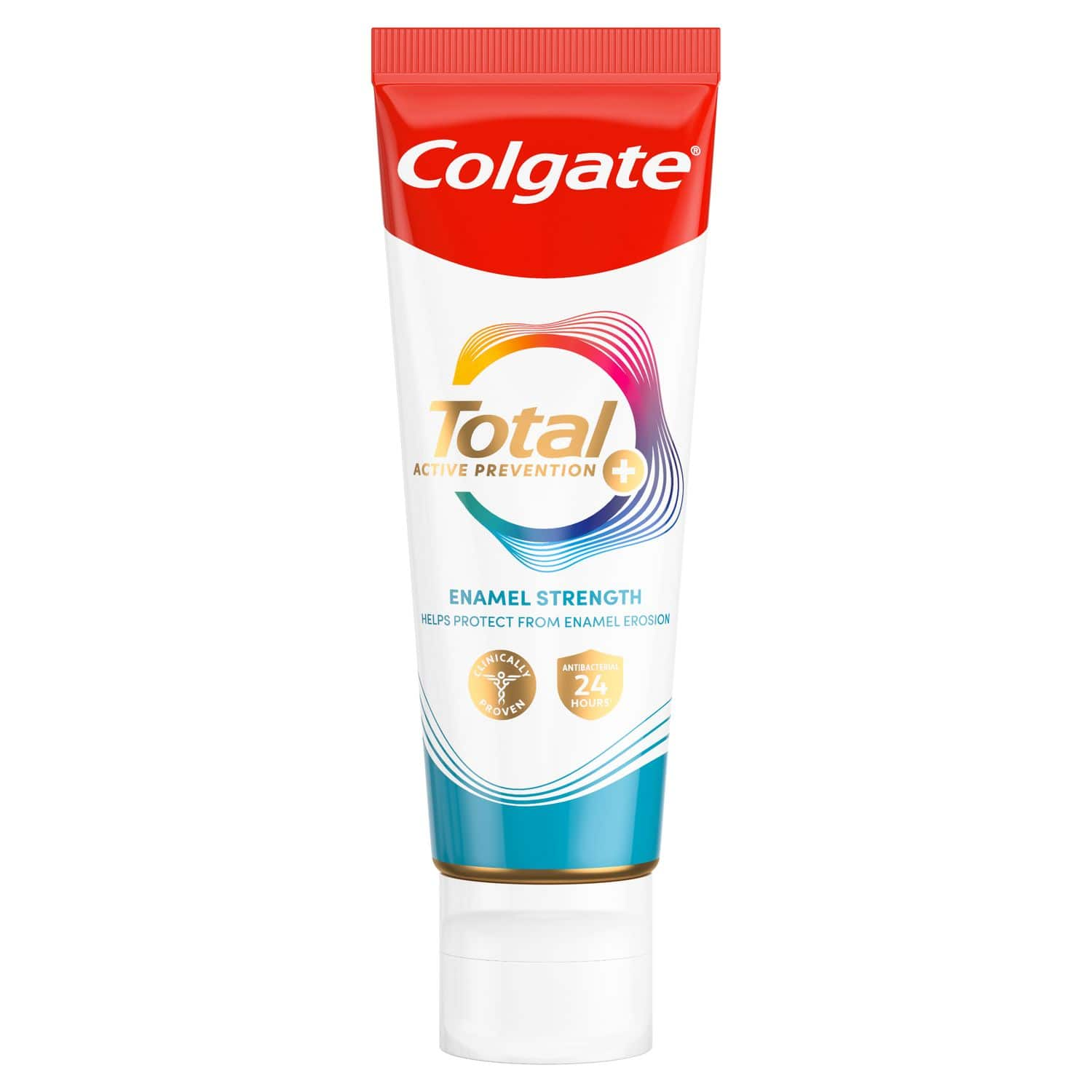What Is Dry Socket?
The clinical name for dry socket is alveolar osteitis, which is an inflammation of the alveolus (tooth socket) that the tooth sits in either in the upper or lower jaw. It is most commonly found in the mandible (lower jaw), but can also occur in the maxilla (upper jaw). Dry socket is usually limited to one site unless multiple extractions occurred at the same time, and the complication may be tied to the difficulty of the procedure. The more difficult the extraction, the higher the chances of dry socket developing.
In a healthy healing process following an extraction, blood clots normally occur and the healing process begins. In the case of a dry socket, the healing process is disrupted, and the resulting pain can be quite severe, says the NHS.
What Are the Symptoms of Dry Socket?
Patients describe the pain from dry socket symptoms as a dull, throbbing pain to a sharp stabbing pain that is aggravated by eating and is tender to the touch. The pain usually starts about three days after the extraction, and a dry socket rarely goes away by itself.
What Makes You More Susceptible to a Dry Socket?
The most common cause of a dry socket is smoking or a history of smoking within 72 hours of surgery. Post-operative instructions clearly state that smoking is not allowed in the first three days after surgery. However, some patients are not able to withdraw that quickly from smoking. The toxins present in tobacco interfere with the healing process.
There is also evidence that oral contraceptives may increase the chances of developing a dry socket, according to Guy's and St Thomas' NHS Foundation Trust, so patients should be aware of that prior to the surgery.
Good oral hygiene is always important, and the use of an antibacterial rinse will aid in reducing the amount of bacteria present around the extraction site.
How Is Dry Socket Treated?
The majority of doctors and dentists who perform oral surgery are also able to treat dry socket symptoms, but in extreme cases, they may refer patients to an oral surgeon. When the patient returns to the practice, the extraction site is thoroughly cleaned and sometimes a dressing is placed in the socket with a special paste designed to help heal the socket and eliminate pain. Typically, the symptoms disappear within 24 hours of treatment, but some patients require daily appointments for an application of a new dressing until the symptoms disappear. If the patient is able to take medication, a non-steroidal anti-inflammatory medication is prescribed to help with the discomfort.
Although experiencing a dry socket is an unfortunate post-operative outcome for an oral surgery patient, it can be easily treated. The patient can go on with his or her normal life as the tooth socket heals. Good oral hygiene and frequent visits to the dentist and dental hygienist can help prevent any further complications from this event.
ORAL HEALTH QUIZ
What's behind your smile?
Take our Oral Health assessment to get the most from your oral care routine
ORAL HEALTH QUIZ
What's behind your smile?
Take our Oral Health assessment to get the most from your oral care routine













